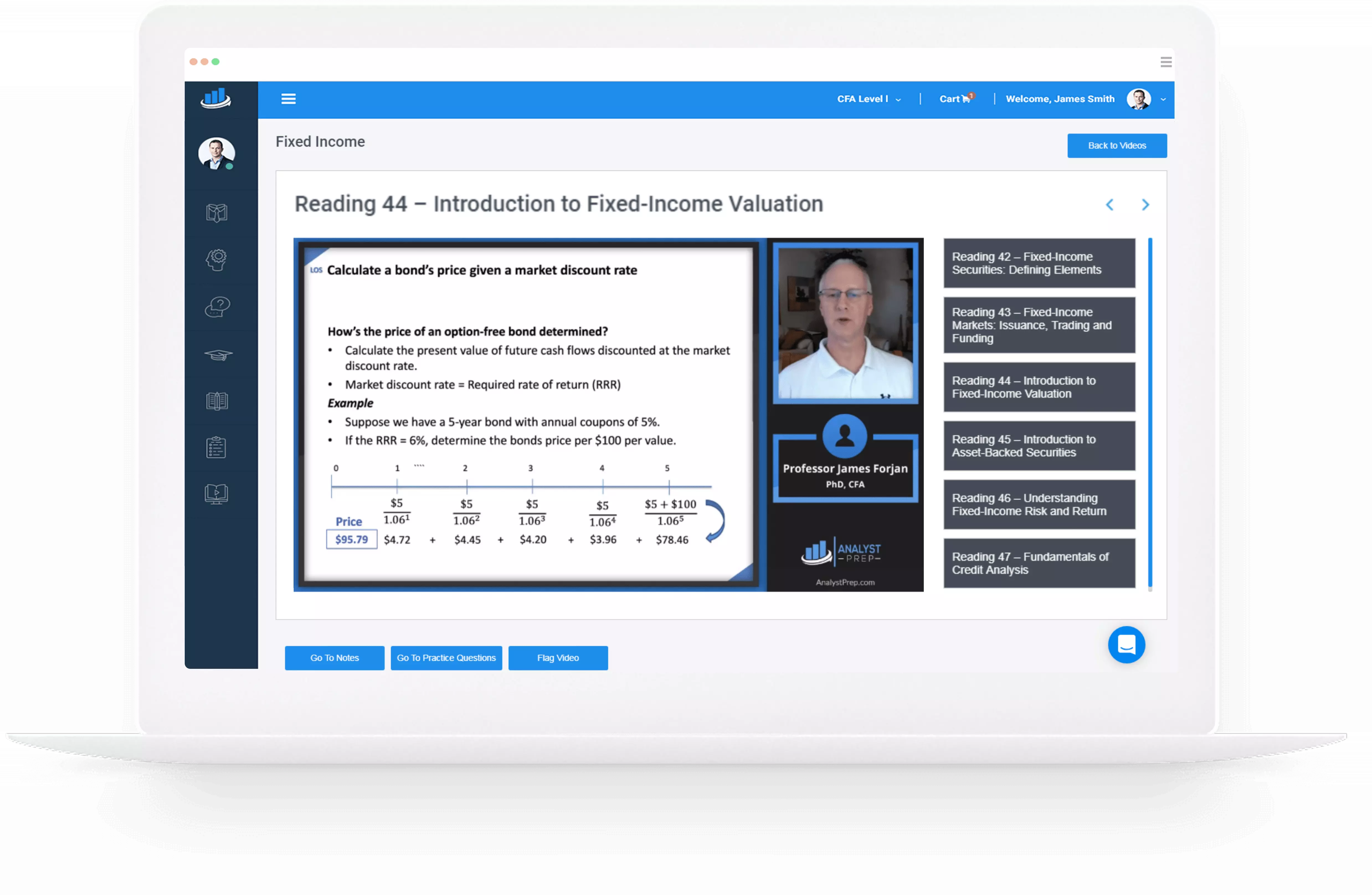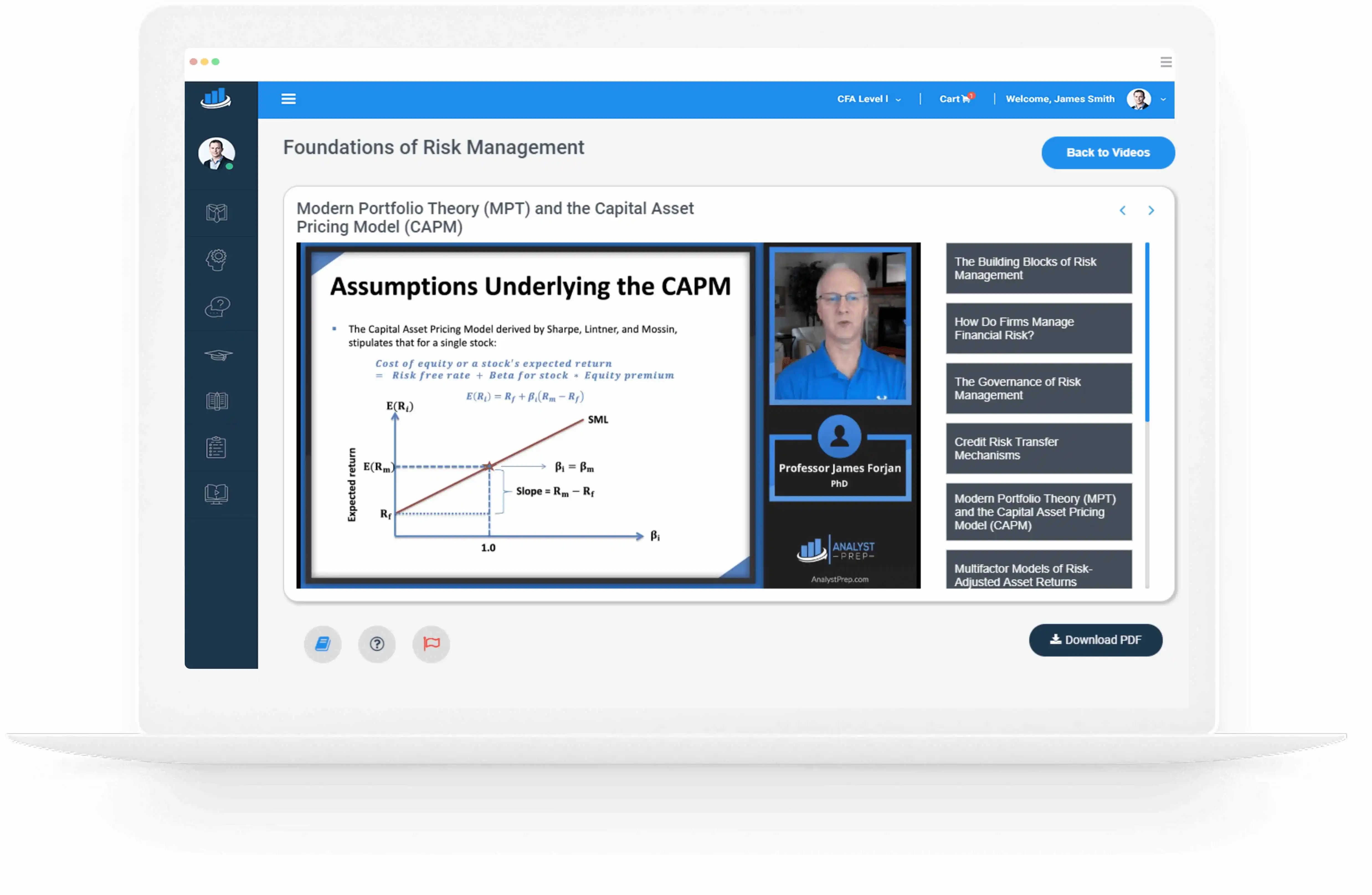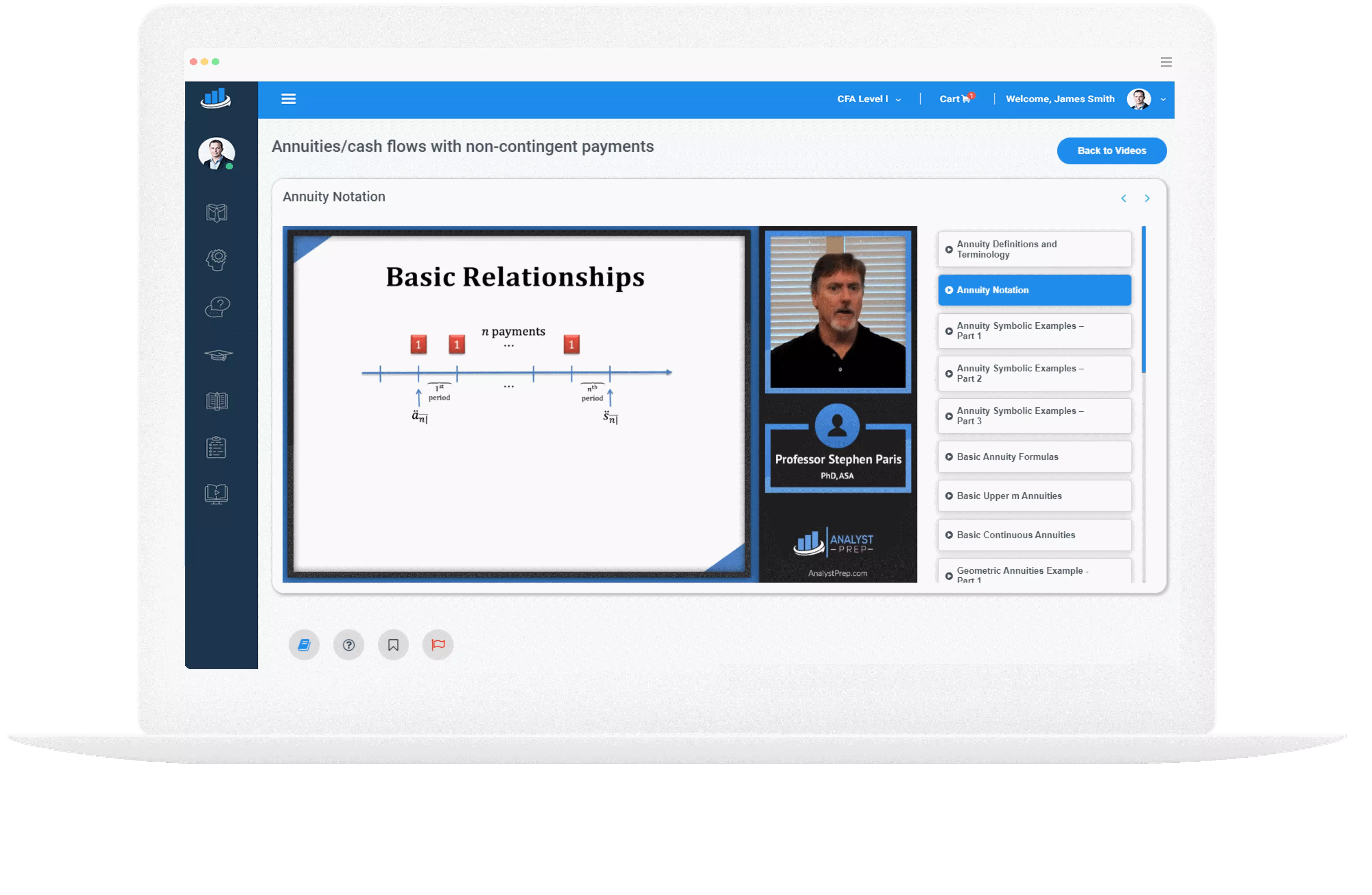Repurchase Agreements (Repos)
A repurchase agreement (or simply “repo”) is the sale of a security with a simultaneous agreement by the seller to buy back the same security from the same buyer at an agreed-upon price. When a repurchase agreement is viewed from…
Matrix Pricing
When fixed-rate bonds are not actively traded, or there is no market price to calculate the rate of return required by investors, it is common practice to estimate the market discount rate and price based on quoted or flat prices…
A Bond’s Price Given a Market Discount Rate
Bond pricing is the application of discounted cash flow analysis. The general approach to bond valuation is to utilize a series of spot rates to reflect the timing of future cash flows. Bond Pricing With a Market Discount Rate For…
Relationships Among a Bond’s Price, Coupon Rate, Maturity, and Market Discount Rate
Price versus Market Discount Rate (Yield-to-maturity) The price of a fixed-rate bond will fluctuate whenever the market discount rate changes. This relationship could be summarized as follows: when the market discount rate increases, the bond’s price decreases (inverse effect); when the…
Flat Price, Accrued Interest, and Full Price of a Bond
When investors purchase shares, they pay the quoted price. However, for bonds, there can be a difference between the quoted price and the price paid. Full Price When a bond is between coupon payment dates, the price has 2 components:…
Measures for Fixed-Rate Bonds and Floating-Rate Notes
Yield Measures for Fixed-rate Bonds Fixed-rate bonds are those that pay the same amount of interest throughout their specified term. Measurement for fixed-rate bonds depends on the timing of the bond’s cash flows. The following are the measures of fixed-rate…
Spot Curve, Yield Curve on Coupon Bonds, Par Curve, and Forward Curve
Yields-to-maturity for zero-coupon government bonds could be analyzed for a full range of maturities called the government bond spot curve (or zero curve). Government spot rates are assumed to be risk-free. Spot Curve The spot curve is upward sloping and…
Structures of Securitizations
Internal credit enhancements are common for securitizations called subordination (or credit tranching). Note that a tranche is the French word for “slice,” so tranches are simply different slices of the same security. Tranches of Asset-Backed Securities Credit Tranching There could…
Residential Mortgage Loans
A mortgage loan is a loan secured by real estate in which the borrower is obliged to make a predetermined series of payments. The mortgage gives the lender the right to foreclose if the borrower defaults. Foreclosure allows the lender…




